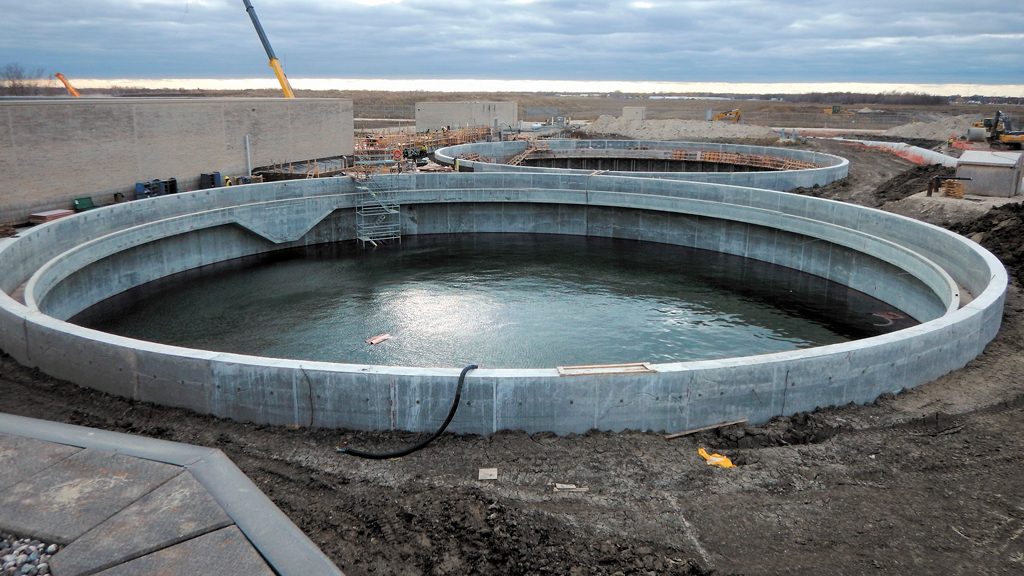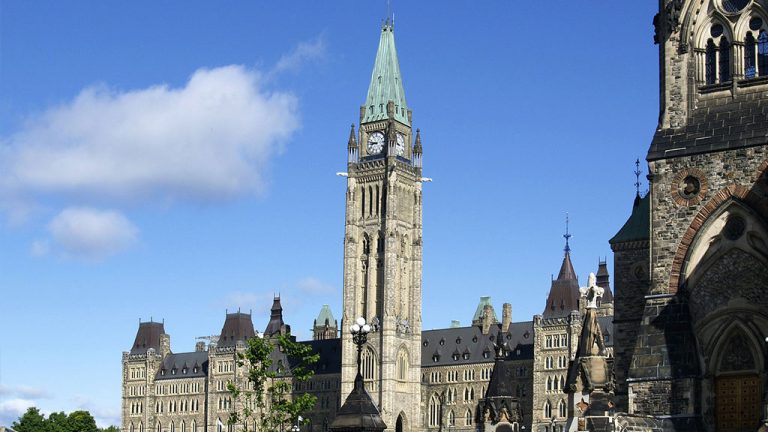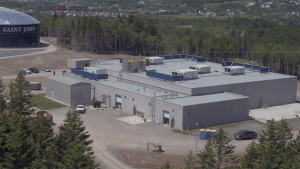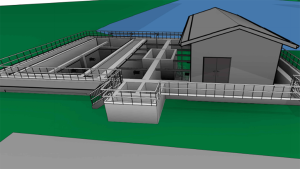A report card on Canada’s environmental performance issued just before Christmas tells us that we, as a nation, are doing quite a few things right.
It also tells us that Canada needs to speed up its efforts to green its energy and transportation sectors and improve water and wastewater treatment in Indigenous communities.
The assessment was part of an environmental performance review conducted by the Organisation for Economic Co-operation and Development (OECD), a Paris-based policy think-tank of which Canada is a member.
OECD’s environment director, Anthony Cox, said in a release the organization applauds Canada’s “renewed determination” under the Trudeau government “to tackle climate change, and its leadership in international climate diplomacy at a crucial time.”
But he added Canada’s own emissions-cutting objectives for 2030 will stay out of reach without swift and concrete policy action and greater use of economic instruments to wean the country off fossil fuels.
The report contains a mixture of praise and warnings in its 225 pages and it devotes an entire chapter of 28 pages to urban wastewater management.
The chapter highlights important challenges that still need to be tackled, including the problems of wastewater treatment in Indigenous communities, the lack of a sustainable financing strategy and the need for swift adaptation to changing climate in which precipitation patterns are changing.
Canada has about seven per cent of the world’s renewable water. But the report says such aggregate figures mask significant regional disparities. Some areas are prone to periods of drought, including the interior of British Columbia, much of the Prairie provinces as well as southern Ontario and southern Quebec.
But Canadians are profligate water users, the report notes, a fact that puts pressure on freshwater supply in some urban areas.
Effective public spending will also depend on minimizing the impacts on water resources of developments on Indigenous land
OECD Environmental Performance Review — Canada, 2017
While freshwater quality in rivers and lakes is fair to good, at the regional level, the quality is a concern, especially near city centres and in agricultural areas. Key pollution sources include excess nutrients — phosphorus and nitrogen — from agricultural and wastewater sources, persistent toxic substances from industrial or domestic uses and what the report refers to as “emerging chemicals of concern” from urban and industrial sources. This group of chemicals includes such things as trace amounts of pharmaceuticals and pesticides.
More than 3,000 wastewater systems operate in Canada and 87 per cent of the population is served by sewers. Most of the rest use private septic systems. More than half the population is served by secondary treatment systems, which remove most conventional pollutants. Only 15 per cent of the population is served with tertiary treatment, which is low compared to other OECD member countries.
The report says most Indigenous and northern communities rely on secondary-level wastewater systems such as lagoons that discharge treated effluent into designated natural receivers.
While all of these treatment systems are subject to applicable federal and provincial requirements, the report says continued research is needed to better understand the efficacy of natural systems and their impact on ecosystem health.
In general, though, access to wastewater treatment in Indigenous and northern communities is unsatisfactory. Access to safe water and wastewater services is generally lower in these communities. But the situation is improving
An assessment conducted between 2009 and 2011 of 532 community wastewater systems showed 14 per cent posed a high risk to the community members they serve, 51 per cent posed a medium risk and 35 per cent posed a low risk. By 2015/16, the high-risk figure had dropped to three per cent from 14. The medium risk category was basically unchanged at 52 per cent and the low overall risk had increased to 45 per cent from 35. However, the survey concluded substantial investment in infrastructure for wastewater systems in First Nations communities was required and that more investment was needed to upgrade operator qualifications.
A federal sustainable development strategy covering the period 2016-19 set targets for wastewater collection and treatment in Indigenous communities. It aims to increase the share of on-reserve First Nation drinking water systems with low risk ratings from 27 per cent in 2011 to 65 per cent by 2019. It also aims to increase the percentage of First Nation wastewater systems with low risk ratings from 35 per cent in 2011 to 65 per cent by 2019.
Boil-water advisories are common, sometimes permanent features in First Nations communities. The federal strategy aims to resolve 60 per cent of long-term advisories affecting First Nations by March 2019. It aims to have all such advisories resolved by March 2021.
The report notes financial support for infrastructure development is continuing, accompanied by skills development and the establishment of technical hubs to support operation and maintenance of existing systems. Beginning in fiscal 2016/17 and for a five-year period, the 2016 federal budget invested $1.8 billion for on-reserve water and wastewater infrastructure. It adds the effectiveness and efficiency of such federal spending “will depend on the capacity of Indigenous and Northern Affairs Canada and Infrastructure Canada to select and support projects that improve the situation on the ground.”
It also says the selection procedure to access funds managed by Infrastructure Canada urges municipalities to prioritize wastewater in their investment portfolio. But it adds, this “does not necessarily ensure the best value.”
“Effective public spending will also depend on minimizing the impacts on water resources of developments on Indigenous land. New developments or transport infrastructures that affect the quality of groundwater on which Indigenous communities depend can result in water scarcity or more expensive treatment,” it reads.
The report says climate change is adding distinctive pressures on wastewater management in Canada. It notes more frequent thawing periods increase cold runoff, which affects biological nitrogen and the efficiency of secondary treatment. As well, debris can block flows and trigger local flooding.
Also, it notes that precipitation has increased by approximately 17 per cent in the 1948-2015 period, with the biggest increases observed in the North. As well, the frequency and severity of storms is increasing across the country. These impacts are projected to accelerate in the future.
The complete report, OECD Environmental Performance Review — Canada, 2017, can be downloaded at http://bit.ly/2AzHiW9. It costs €31.









Recent Comments